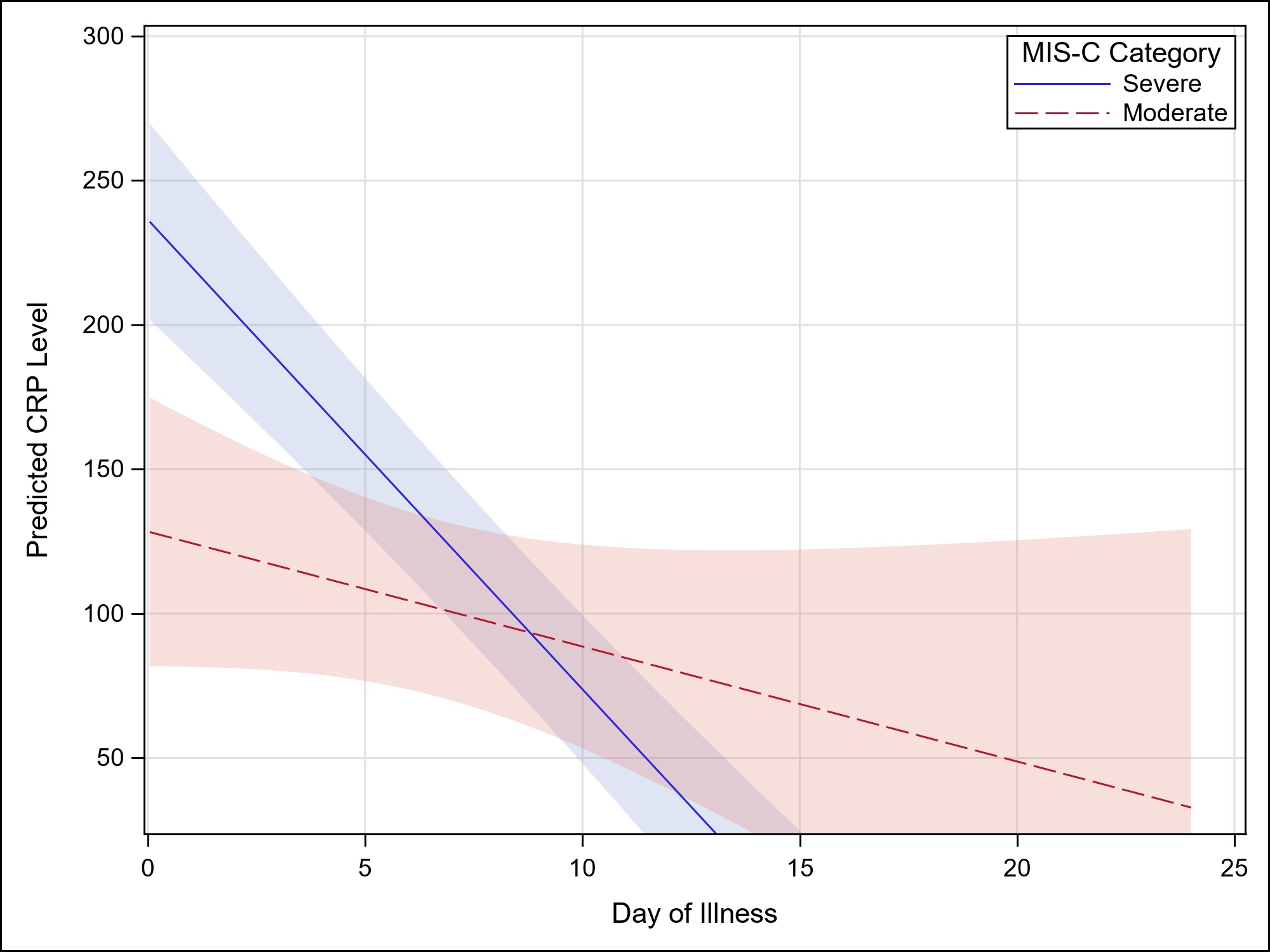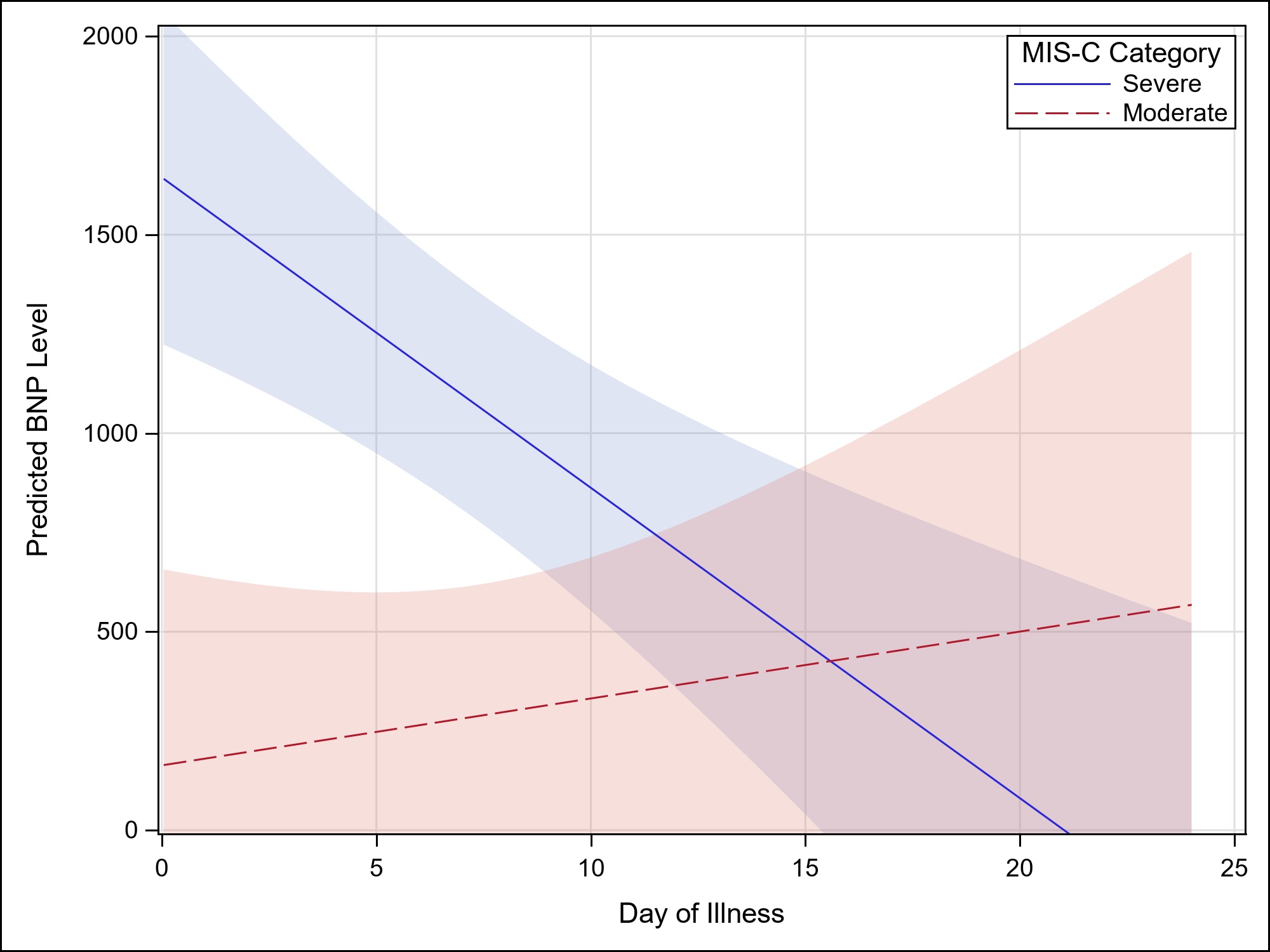Emergency Medicine: All Areas
Category: Abstract Submission
Emergency Medicine IV
86 - Temporal Trends of Severe Multi-System Inflammatory Syndrome in Children
Friday, April 22, 2022
6:15 PM - 8:45 PM US MT
Poster Number: 86
Publication Number: 86.106
Publication Number: 86.106
Curt Stankovic, Children’s Hospital of Michigan, northville, MI, United States; Priya Spencer, Children's Hospital of Michigan, Troy, MI, United States; Robert R. Ehrman, Wayne State University School of Medicine, Detroit, MI, United States; Rajan Arora, Children's Hospital of Michigan, Detroit, MI, United States; Amy DeLaroche, Children's Hospital of Michigan, Detroit, MI, United States
- CS
Curt Stankovic, MD, MBA (he/him/his)
Chief of Emergency Medicine
Central Michigan University College of Medicine
Northville, Michigan, United States
Presenting Author(s)
Background: Multi-system inflammatory syndrome in children (MIS-C) has been recognized as a rare illness associated with COVID-19 infections. A spectrum of illness has been appreciated and reports have shown that those with severe MIS-C exhibit significant cardiac disease. Given the clinical spectrum, identifying children at risk for severe disease is critical to optimizing care, yet few studies have examined predictors of severe MIS-C.
Objective: The objective of this study is to describe the temporal relationship between serial laboratory markers and symptom onset for severe and non-severe MIS-C.
Design/Methods: Retrospective chart review of all patients with MIS-C treated in a single institution from 4/1/2000 to 2/15/2021. Patients met published criteria for MIS-C and severe MIS-C was defined as cardiovascular shock, cardiac arrhythmia requiring intervention, or respiratory failure. Linear mixed models were used to examine the relationship between log-transformed laboratory values (outcome) in those with moderate versus severe MIS-C. Covariates included day-of-illness (DOI), age, race and DOI-MIS-C category (DOI*MIS-C) interaction; gender was considered but was non-significant for all models and worsened model fit so was excluded.
Results: During the study period, we identified 32 patients with severe and 29 patients with non-severe MIS-C. Those with severe disease were more likely to be older (7.6 vs. 4.9 yrs), black (59.4% vs. 42.9%), and presented earlier during their illness. (4.0 vs. 5.4 days). Half (54%) of patients in both cohorts were female.
Only mean BNP and CRP varied significantly by DOI (DOI*MIS-C) between moderate and severe MIS-C. For CRP, severe MIS-C patients had greater initial CRP that declined faster than moderate MIS-C. (Table 1) For BNP, initial levels were greater and subsequently declined in severe MIS-C whereas moderate patients had a slow increase. (Table 2)
For other laboratory parameters, trends by DOI were similar for all patients, but the severe MIS-C group had greater mean troponin (185%, p=0.002, 95%CI 46-456), ferritin (46%, p=0.05, 95%CI -1-117), and d-dimer (116%, p=0.0002, 95%CI 46-218) whereas albumin was 0.6 g/dl lower (p < 0.001, 95%CI -0.8- -0.4).Conclusion(s): Patients with severe MIS-C had greater troponin, ferritin, and d-dimer with lower albumin levels when compared to non-severe MIS-C, with similar trends across DOI for both groups. However, for CRP and BNP levels were significantly greater among patients with severe MIS-C early in the disease course.
Comparison of CRP and DOI between severe and non-severe MIS-C CRP is initially higher in severe MISC and falls more rapidly compared to non-severe MIS-C.
CRP is initially higher in severe MISC and falls more rapidly compared to non-severe MIS-C.
Comparison of BNP and DOI between severe and non-severe MISC BNP is initially higher in the severe MISC cohort, while the BNP slowly rises in the non-severe group.
BNP is initially higher in the severe MISC cohort, while the BNP slowly rises in the non-severe group.
Objective: The objective of this study is to describe the temporal relationship between serial laboratory markers and symptom onset for severe and non-severe MIS-C.
Design/Methods: Retrospective chart review of all patients with MIS-C treated in a single institution from 4/1/2000 to 2/15/2021. Patients met published criteria for MIS-C and severe MIS-C was defined as cardiovascular shock, cardiac arrhythmia requiring intervention, or respiratory failure. Linear mixed models were used to examine the relationship between log-transformed laboratory values (outcome) in those with moderate versus severe MIS-C. Covariates included day-of-illness (DOI), age, race and DOI-MIS-C category (DOI*MIS-C) interaction; gender was considered but was non-significant for all models and worsened model fit so was excluded.
Results: During the study period, we identified 32 patients with severe and 29 patients with non-severe MIS-C. Those with severe disease were more likely to be older (7.6 vs. 4.9 yrs), black (59.4% vs. 42.9%), and presented earlier during their illness. (4.0 vs. 5.4 days). Half (54%) of patients in both cohorts were female.
Only mean BNP and CRP varied significantly by DOI (DOI*MIS-C) between moderate and severe MIS-C. For CRP, severe MIS-C patients had greater initial CRP that declined faster than moderate MIS-C. (Table 1) For BNP, initial levels were greater and subsequently declined in severe MIS-C whereas moderate patients had a slow increase. (Table 2)
For other laboratory parameters, trends by DOI were similar for all patients, but the severe MIS-C group had greater mean troponin (185%, p=0.002, 95%CI 46-456), ferritin (46%, p=0.05, 95%CI -1-117), and d-dimer (116%, p=0.0002, 95%CI 46-218) whereas albumin was 0.6 g/dl lower (p < 0.001, 95%CI -0.8- -0.4).Conclusion(s): Patients with severe MIS-C had greater troponin, ferritin, and d-dimer with lower albumin levels when compared to non-severe MIS-C, with similar trends across DOI for both groups. However, for CRP and BNP levels were significantly greater among patients with severe MIS-C early in the disease course.
Comparison of CRP and DOI between severe and non-severe MIS-C
 CRP is initially higher in severe MISC and falls more rapidly compared to non-severe MIS-C.
CRP is initially higher in severe MISC and falls more rapidly compared to non-severe MIS-C.Comparison of BNP and DOI between severe and non-severe MISC
 BNP is initially higher in the severe MISC cohort, while the BNP slowly rises in the non-severe group.
BNP is initially higher in the severe MISC cohort, while the BNP slowly rises in the non-severe group.